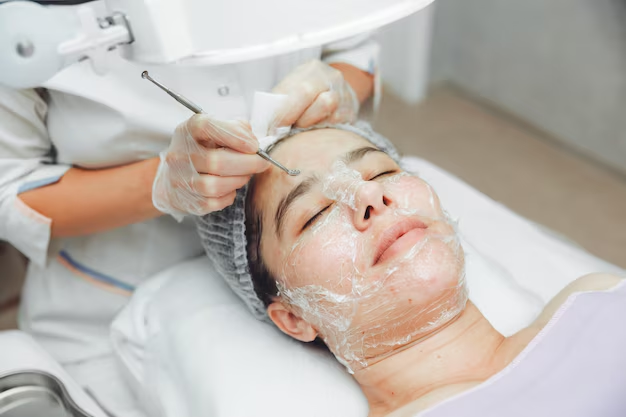Which peel is best for skin whitening?
Chemical peels are a popular cosmetic treatment used to improve the appearance of the skin by exfoliating the outer layers. Many people seek the Chemical Peels in Dubai for skin rejuvenation, acne treatment, and even skin whitening. The procedure involves the application of a chemical solution to the skin, which causes the skin to peel off, revealing smoother and healthier skin underneath. Here, we will explore the various types of chemical peels and how doctors use them to achieve remarkable skin improvement.
Understanding Chemical Peels and Their Purpose
Chemical peels are designed to address a variety of skin concerns, such as hyperpigmentation, acne scars, fine lines, and sun damage. The treatment works by applying a chemical solution to the skin that removes the outer layers, allowing new, healthier skin to emerge. Chemical peels vary in strength, and doctors tailor the treatment to meet the individual needs of their patients.
Types of Chemical Peels Used by Doctors
Light Chemical Peels
Light chemical peels are the mildest form of peel and are commonly used to address skin issues like acne, mild discoloration, and fine lines. The solution typically contains alpha hydroxy acids (AHAs) like glycolic acid, which exfoliates the skin's surface without deep penetration. These peels are ideal for individuals looking for minimal downtime and a gradual improvement in their skin tone and texture.

Medium Chemical Peels
Medium chemical peels penetrate deeper into the skin compared to light peels, making them effective for treating moderate wrinkles, sun damage, and pigmentation issues. Trichloroacetic acid (TCA) is commonly used in medium peels, which exfoliate the outer and middle layers of the skin. This type of peel may require some recovery time, but the results are typically more noticeable and longer-lasting than light peels.
Deep Chemical Peels
Deep chemical peels are the most intensive form of peel and are typically used for more significant skin concerns, such as deep wrinkles, severe sun damage, or precancerous growths. Phenol acid is the primary chemical used in deep peels, which penetrate through multiple layers of the skin. While these peels provide dramatic results, they require a longer recovery period and should only be performed by experienced professionals.
Benefits of Chemical Peels
The benefits of chemical peels are vast and can improve various skin conditions. By removing the outer layers of damaged skin, chemical peels can help with the following:
- Skin Brightening: Peels help reduce pigmentation, leaving the skin with a brighter and more even tone.
- Acne Treatment: Chemical peels can clear up acne and acne scars by exfoliating clogged pores and encouraging the growth of new skin cells.
- Reduced Wrinkles and Fine Lines: By stimulating collagen production, chemical peels reduce the appearance of fine lines and wrinkles, providing a smoother complexion.
- Improved Skin Texture: Peels can help improve the texture of the skin, reducing roughness, unevenness, and discoloration.
Frequently Asked Questions
1. How long do the effects of a chemical peel last?
The effects of a chemical peel can last for several months, but maintaining a skincare routine and protecting the skin from sun exposure can prolong the results.
2. Are chemical peels suitable for all skin types?
Chemical peels can be customized for various skin types. However, individuals with sensitive skin or specific conditions should consult with a doctor before undergoing treatment.
3. Can chemical peels treat acne scars?
Yes, chemical peels are effective in treating acne scars by promoting skin renewal and improving texture and tone.
4. How long is the recovery after a chemical peel?
Recovery time depends on the strength of the peel. Light peels require minimal recovery, while deeper peels may take a few weeks for full recovery.
5. Can chemical peels be done at home?
While there are at-home chemical peel products, it is recommended to seek professional treatment for better results and to avoid potential complications.
Conclusion
Chemical peels are a powerful tool for skin rejuvenation and can effectively address a variety of skin issues, including acne scars, pigmentation, and wrinkles. Whether opting for a light, medium, or deep peel, professional treatments provide tailored solutions for each individual’s skin needs. If you're looking for a procedure that offers significant improvements in skin appearance and texture, consulting with a doctor about the best chemical peel for your skin type is essential.
